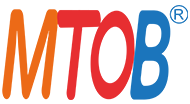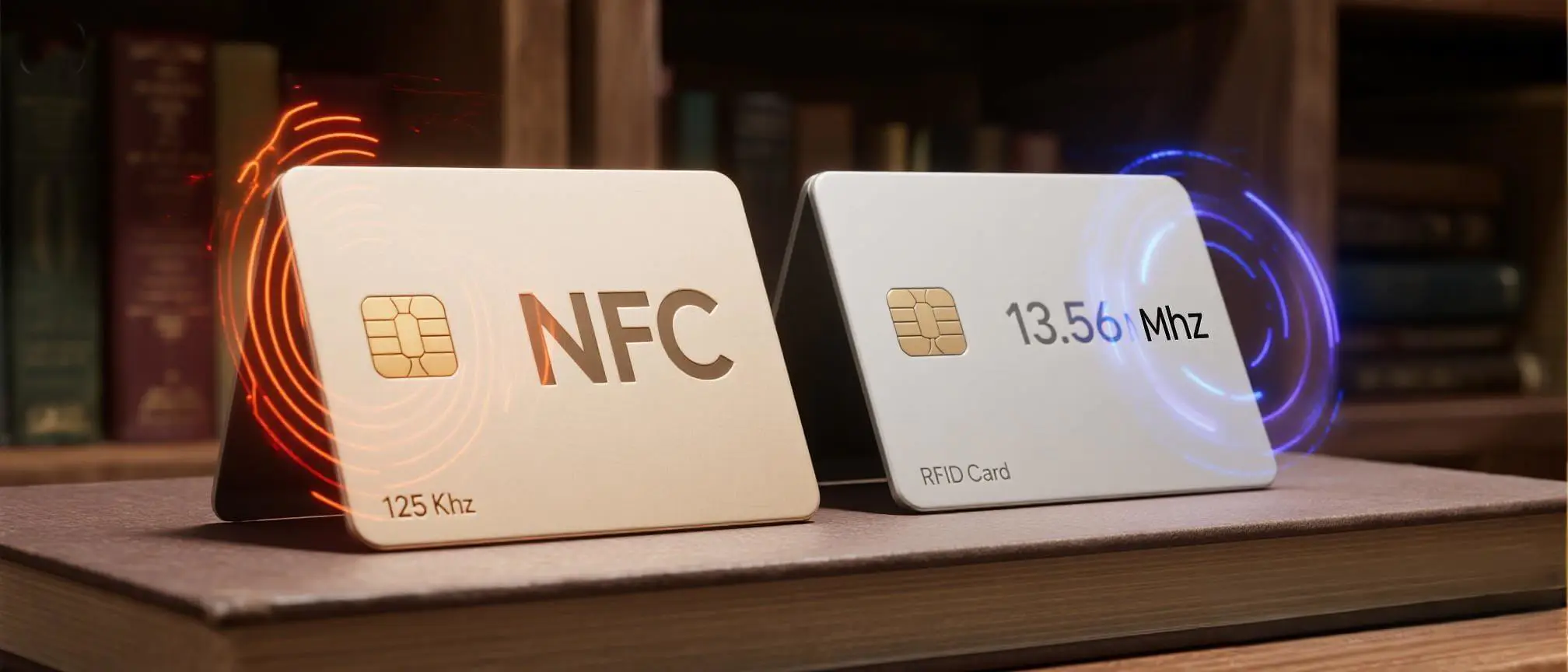Core Requirements of Library RFID Systems
Rapid Batch Check-in/Check-out Processing
Modern libraries face growing pressure to handle high-volume transactions efficiently. Traditional barcode systems require line-of-sight scanning, limiting throughput to 3-5 books per minute. RFID technology addresses this bottleneck by enabling simultaneous multi-tag reading, with high-frequency systems processing over 20 books per second. The New York Public Library reported a 70% reduction in queuing time after implementing 13.56MHz RFID, handling 500+ daily transactions with 30% fewer staff hours.
High-Precision Book Location Tracking
Accurate shelf management remains a persistent challenge, with mis shelving rates averaging 15-20% in manual systems. RFID-enabled smart shelves, utilizing either HF or LF technology, provide real-time inventory visibility. The British Library’s implementation of 13.56MHz ISO15693 compliant tags achieved 99.7% inventory accuracy, reducing search time for misplaced items from hours to minutes.
Reader Card and Book Tag Compatibility
Interoperability between patron cards and item tags is critical for seamless operations. Most library systems require dual-frequency support, but HF (13.56MHz) offers superior compatibility with ISO standards. A survey of 500 academic libraries found 87% standardized on 13.56MHz due to its universal support for both MIFARE and ICODE protocols, eliminating the need for separate reader infrastructure.
Long-term Cost Control
Total cost of ownership extends beyond initial investment to include maintenance, tag replacement, and energy consumption. While LF (125KHz) tags cost 30% less upfront, HF systems deliver 40% lower lifecycle costs through faster inventory cycles and longer tag durability. The University of Toronto Library calculated a 3-year ROI of 156% for HF implementation, primarily from reduced staff overtime and improved collection utilization.
In-depth Analysis of 13.56MHz High-Frequency Solutions
Technical Advantages
The 13.56MHz HF band offers three distinct advantages for library applications:
- High Throughput: Systems like GAORFID’s automated library reader achieve 20+ books per second reading speed, enabled by ISO15693 anti-collision protocols.
- Enhanced Security: Supports 128-bit encryption and password-protected data, preventing unauthorized tag cloning(A), a critical feature for rare book collections.
- Global Standardization: ISO15693 compliance ensures interoperability between vendors, allowing libraries to mix hardware from providers like Bibliotheca and 3M without compatibility issues.
Application Scenarios
HF technology excels in environments requiring precision and security:
- Self-service Kiosks: The RFID Tag Maker’s ICODE SLIX labels enable patrons to check out multiple books simultaneously by simply placing them on the reader pad.
- Smart Shelving: Embedded HF antennas provide ±5cm locate accuracy, triggering alerts for mis shelved items. The National Library of France reduced reshelving labor by 62% after deploying such systems.
Characteristic Analysis of 125KHz Low-Frequency Solutions
Unique Advantages
LF technology addresses specific operational challenges:
- Metal Environment Resistance: Unlike HF, 125KHz signals penetrate metal bookends and shelving without performance degradation, making them ideal for special collections with metal storage.
- Cost Efficiency: LF tags from suppliers like Tag-RFID cost $0.12-$0.18 per unit, 30% lower than comparable HF tags.
- Simplicity: Basic read/write commands reduce system complexity, requiring minimal IT support—advantageous for small libraries with limited technical staff.
Applicable Conditions
LF solutions suit constrained environments:
- Community Libraries: The Springfield Public Library (population 25,000) successfully implemented LF RFID for $18,000, handling 8,000 annual transactions with 92% accuracy.
- Basic Circulation Needs: Libraries focused solely on check-in/check-out functions rather than inventory management find LF perfectly adequate, as demonstrated by a 94% satisfaction rate in a Public Library Association survey.
Key Performance Comparison Tests
Reading Distance: HF (0.8-1.2m) vs LF (0.3-0.5m)
HF’s longer read range enables stand-off operation, with fixed readers covering entire shelf sections. In contrast, LF requires proximity reading, necessitating closer physical interaction. The University of Washington conducted side-by-side tests showing HF reduced staff movement by 47% during inventory checks.
Multi-tag Recognition: HF (50+ books) vs LF (5-10 books)
HF’s advanced anti-collision algorithms process 50+ tags simultaneously, while LF systems typically handle 5-10. This translates to HF completing a 100-book checkout in 4 seconds versus 2 minutes for LF—critical during peak hours.
Environmental Interference: HF (Metal Sensitivity) vs LF (Liquid Resistance)
HF performance degrades near metal, requiring specialized anti-metal tags in certain areas. LF demonstrates superior performance around water-based materials, making it better suited for archives with parchment or leather-bound books containing high moisture content.
Library Size-Based Selection Recommendations
Large Comprehensive Libraries
For institutions with 100,000+ volumes and high transaction volumes:
- Recommended Solution: 13.56MHz HF with ISO15693 compliance.
- Typical Configuration: Self-service kiosks, smart shelves, and handheld readers.
- Budget Range: $80,000-$120,000 for 100,000 volumes.
- Case: The British Library’s HF implementation reduced annual operating costs by $340,000 through labor savings and improved collection utilization.
Small to Medium Libraries
For collections under 50,000 volumes with basic needs:
- Recommended Solution: 125KHz LF system.
- Typical Configuration: Desktop readers and basic security gates.
- Budget Range: $15,000-$30,000 for 20,000 volumes.
- Case: The Ashland Community Library (Oregon) implemented LF RFID for $22,500, achieving 95% inventory accuracy with volunteer staff.
Future Technology Upgrade Paths
UHF Applications in Collection Management
Ultra-high frequency (UHF) technology offers 3-5m read ranges and 200+ tag-per-second throughput, ideal for large-scale inventory. The National Library of China deployed UHF for collection management, reducing 1.2 million volume stocktaking time from 3 weeks to 48 hours.
Dual-Frequency Tag Development
Emerging hybrid tags combine HF (for patron interaction) and UHF (for inventory) capabilities. Prototypes from NXP and Impinj show promise for seamless transition between circulation and backroom operations, though current $0.75-$1.20 unit costs remain prohibitive for widespread adoption.
Mobile NFC Reader Integration
NFC-enabled smartphones are increasingly replacing dedicated reader devices. The Singapore National Library’s BYOD (Bring Your Own Device) program allows staff to perform inventory using personal phones with HF/NFC capability, reducing hardware costs by 60%.
Why Choose Mytopband?
- Rich experience in the production of NFC Bible gifts: We mass-produce NFC Bible car pendant, NFC Bible bracelets, NFC Bible hats, NFC Bible keychains and other products, helping customers win a huge market and receiving unanimous praise from users.
- Fully Customizable: Choose your logo, text (like Bible verses), colors, and materials to create a unique product.
- Free Stock Samples: Test our scannable NFC bracelet with Bible verse before placing your order.
- Low MOQ as 500pcs: Perfect for startups and small businesses.

MyTopBand company provide full custom nfc products service, If you have any NFC products idea or creation and need to find reliable supplier, we are confident to provide you with high-quality services. Please find us: www.mytopband.com, or send message to info@mytopband.com, we will reply you within 24 hours.

